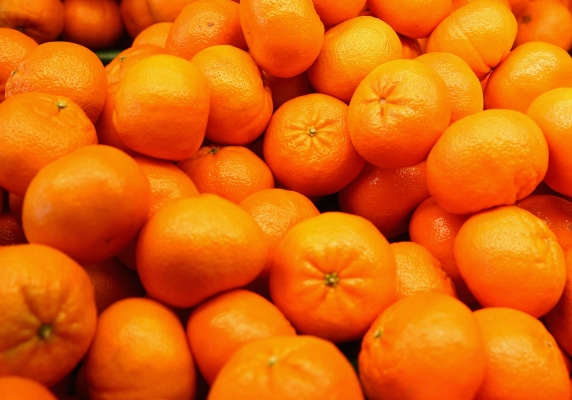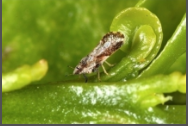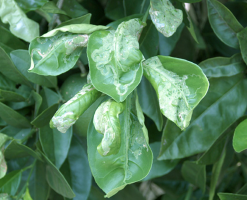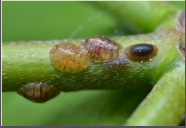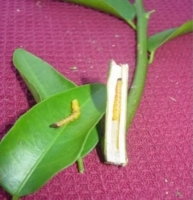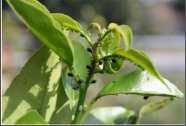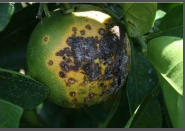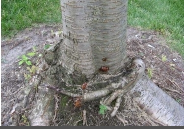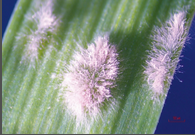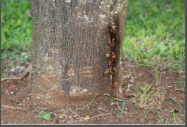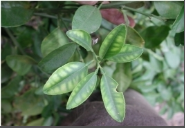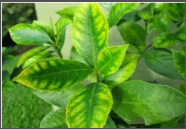Kinnow: Fruits are medium in size, round or flat in shape and orange in color. The fruit has an average weight of 125-175gm. After maturing, peel is thin, soft, shiny and hard in nature. Flesh is deep orange in color, contains 40-45% juice content, good fragrance, 9-12% total soluble content and 0.75-1.2% soluble content. Fruit matures in mid-January and gives an average yield of 80-100qtl per acre.
Other state varieties
Srinagar: Fruits are small to medium size, shining, orange color, long and round in shape, peel is thin and loose, good fragrance, tasty, ripens in end week of December, good yield.
Nurpur Local: Fruits are medium to large size, long, slightly rounded, deep orange in color, thick peel, and fruit has good fragrance, tasty, juicy, and slightly sour, contains 5-10seeds per fruit, and ripens in mid-December.
Coorg: Trees are up righted, vigorous having compact foliage. Fruits are bright orange in color, medium to large size, easily peeled with 9-11 segments. It contains abundant Juice with 15-25 seeds. It matures in February-March months.
Nagpur: Nagpur is also known as Ponkan. It is a vigorous tree with compact foliage. Medium sized fruits, loosely adherent segments 10-12, and abundant juice with 7-8 seeds. It is one of the most popular and finest orange varieties grown in the world. It matures in January-February months.
Khasi: Locally known as Sikkim. It is commercially grown in the states of Assam, Meghalaya. Medium to Large sized trees, dense foliage with thorns. Orange-yellow to bright orange color fruits with smooth surface. Orange color fruits with 9-25 seeds.
Mudkhed
Butwal
Dancy
Kara (Abohar)
Darjeeling
Sumithra
Seedless 182

